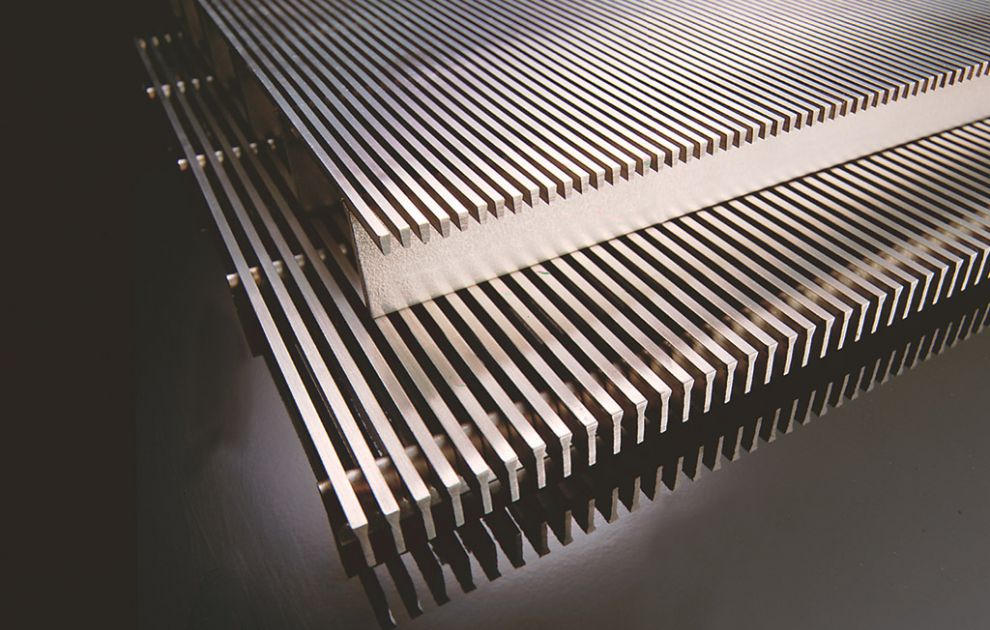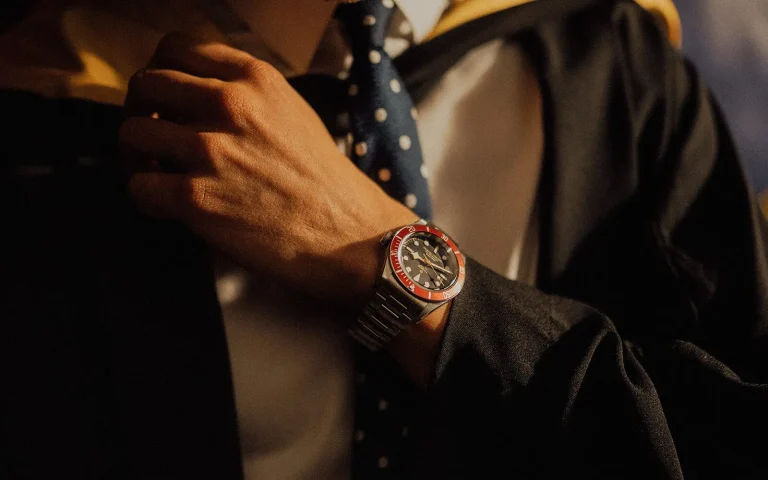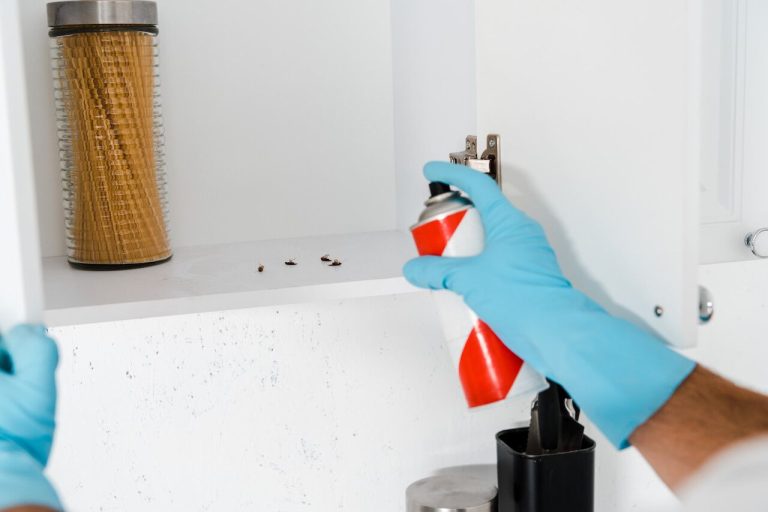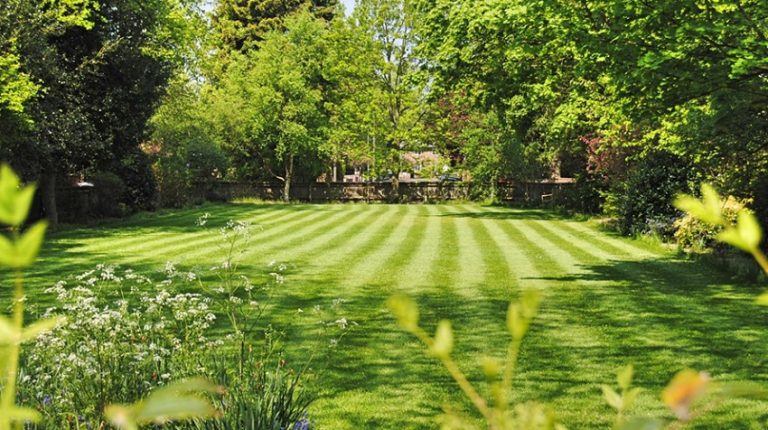
There are various sophisticated industrial processes and applications. What do you do when you have a highly particular application for which no specific solution works? You take an unconventional approach. We’ll go through wedge wire screen goods, their benefits, and what applications they can be used for in the sections below.
What is an Industrial Wedge Wire Screen?
All wires and ribs are resistance welded at each contact point to generate a structurally sound, plug-resistant surface. Wedge wire screens’ various combinations enable perfect matching to technical criteria. They can be utilized in multiple industries, including water treatment, oil, food and beverage, pulp and paper, mineral and aggregate processing, and petrochemical.
Industrial Wedge Wire Screens: Types
Catalyst Bed Supports — This wedge wire screen is built to last, have a precise open area, and is nearly clog-free. Their support grids improve media retention in all types of vessels. Grids for larger vessel diameters are manufactured in parts to allow manway installation.
They are equipped with an inlet basket, support grid, distributor lateral, outlet basket, and backwash systems.
Hub & Header Laterals – These screens are perfectly suitable for disc head vessels requiring the system to collect to the vessel bottom ultimately. Flat bottom vessel distributor or collector applications might also benefit from the header lateral design. Screens can fit intake pipes on the side, center, top, and bottom. Integral backwash systems are provided for quick and effective cleaning on hub and header laterals. Systems for liquid or solid retention can be built for applications such as exchangers, clay and sand filters, power plants, and carbon towers with water systems.
Nozzles and Strainers – To meet flow requirements, retention nozzles can be made out of almost any metal. They can be made for treatment or filtration systems that allow more media to be used. Non-clogging wedge wire nozzles are used in water treatment and other industrial applications. These include under-drain media retention components, flow distributors in demineralizers, pressure water softeners, and gravity sand filters. They can also be utilized as bottom vessel collectors on a tray plate with a big open area and no plugs.
Sieve Bend and Flat Screen — This approach is suitable for high-capacity filtering because the screens are reusable, durable, and self-cleaning. Solids can slip overdue to the angle and velocity of water falling through Sieve Bend screens for collection. These screens are helpful for sewage separation, dewatering, and wastewater treatment.
Resin Trap Screens – This wedge wire screen is usually installed in housing in line with the flow to prevent costly media from flowing downstream. Traps can be made to trap particles of any size while still allowing the process to flow smoothly.
Wedge Wire Filter Screens: What Are Their Advantages?
Advantages of using a wedge wire filter screen:
- Construction strength is excellent.
- Service life is extended. This is determined by the material used, which is commonly stainless steel.
- It does not clog. This is made possible by the screen’s V-shaped section plane, which generates a continuous groove that prevents any blocking.
- A larger area for sifting. The screen can slow the pace of the entering water by having the other successive slots have a larger open space, lessening the pressure.
- This allows it to control better the trash (which could be sand).
- Individual clients’ needs can be met by tailoring the connections and functionalities.
- It resists corrosion, minimizing screen wear and tear while also being cost-effective.
- Compared to other filters of identical dimensions, the wedge wire screen maximizes flow rate.
That’s all about different wedge wire screens.







